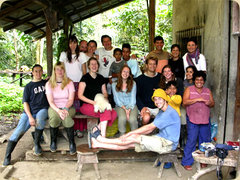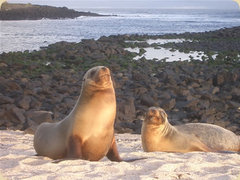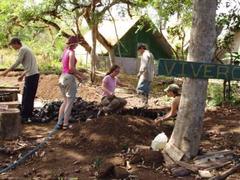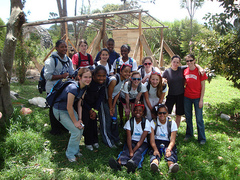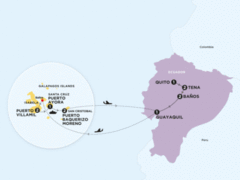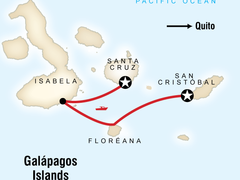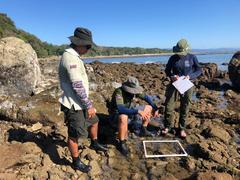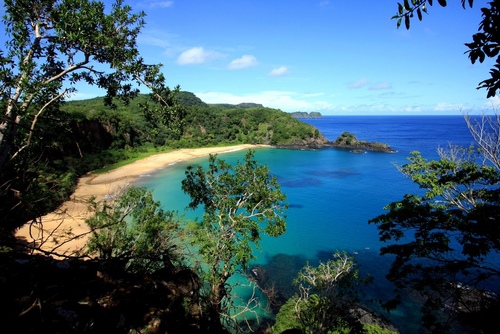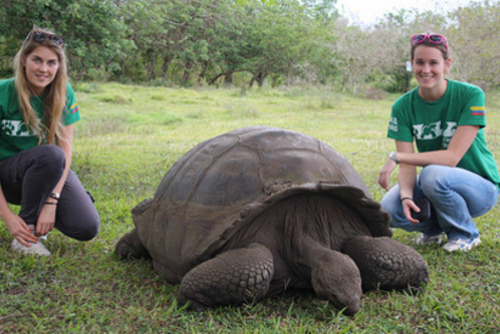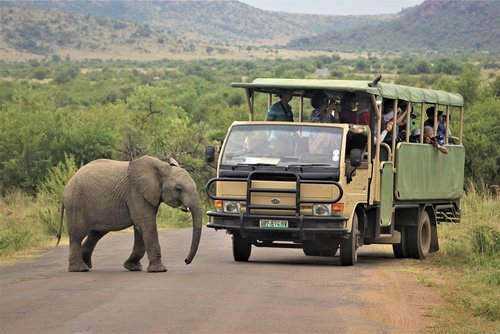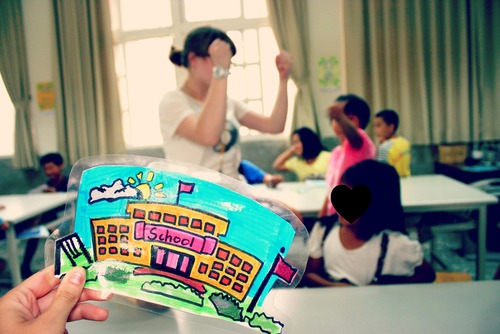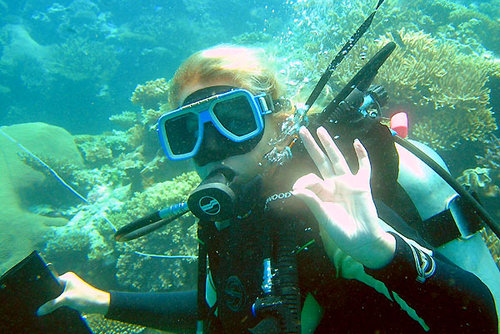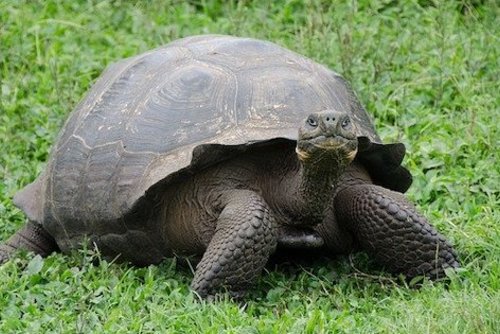The Galapagos Islands sit in the Pacific Ocean about 1000 km west of Ecuador. Because the islands were never connected to the mainland, many species of plants and animals are unique to the Galapagos. The Biological Station has worked to develop reforestation, habitat reconstruction, and agro forestry activities utilizing native species for the last 18 years throughout Ecuador.
Volunteers will work on both the habitat restoration and agricultural components while at the reserve. In addition foundation staff will lead volunteers on various destination hikes to nearby lagoons, native forests, beaches, and local villages to explain the ecological and human dynamic of Galapagos. Opportunities to work on group research and monitoring projects are available.
Our partner on San Cristobal Island was one of the first local initiatives to develop long-term programs for the eradication of invasive species and the promotion of sustainable agriculture. Because of their history on the islands, they have extensive knowledge about the ecosystem and are able to provide knowledge-hungry volunteers with huge amounts of information. However, don’t worry- you’ll still have time to do plenty of other activities because the volunteers have weekends free to explore.
Lead Adventures is happy to help volunteers arrange activities on the islands so that everyone gets to have the fullest Galapagos Experience Program possible. You can still enjoy tourism activities such as snorkeling and trekking. But all the while, you’ll do so knowing that you’re more than just a tourist-you left a positive impact on the Galapagos Islands!
The reserve maintains a biological corridor going running from 150 m.a.s.l. to 550 m.a.s.l., from the border of the dry forest, through transitional, Scalesia, and humid “brown” zones up to the area of Miconia forest. The Biological Station is a privately-owned reserve and is open to researchers, student groups, and volunteers.
The station manages a nursery of native tree species which are planted after the elimination of the invasive Himalayan blackberry Rubus niveus, and other invasive species. The work doesn’t stop with the planting of the trees, however, since the blackberry is an aggressive competitor and will come back to overgrow and kill the planted the trees without regular cutting back every three months.
Most of the trees planted will need twenty to twenty-five years of growth before they can outcompete the blackberry and survive on their own. Once they do though, the shade they provide will diminish the growth rate of the blackberry so much that it will then actually become possible to eliminate the blackberry completely.
The station has been fortunate enough to have benefited from the continued commitment of many volunteers throughout the past twelve years and so are halfway through this process in some places. But it’s also obvious that their need for volunteers will continue for at least ten years more, and every volunteer is critically important.
Your contribution is critically important. In addition, the foundation works collaboratively with local landowners to develop clean agricultural alternatives for the production of vegetables and fruits to sell to local universities, restaurants, and hotels.


